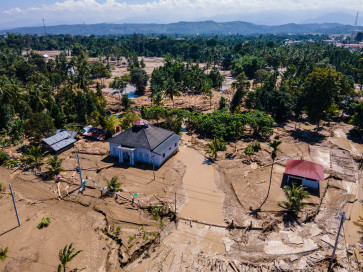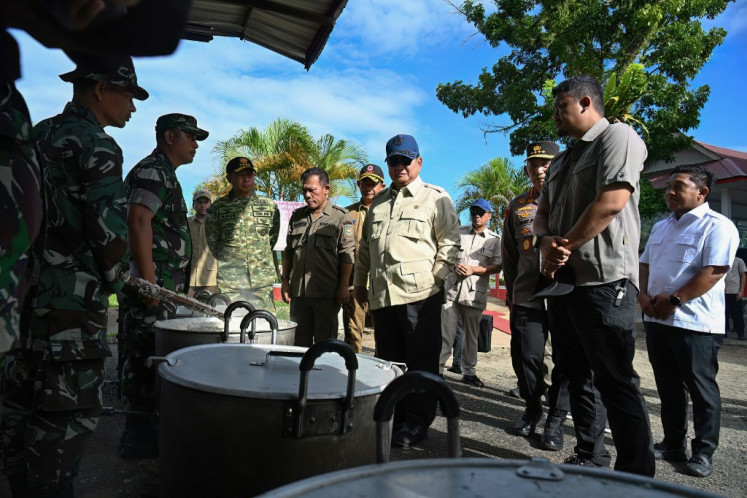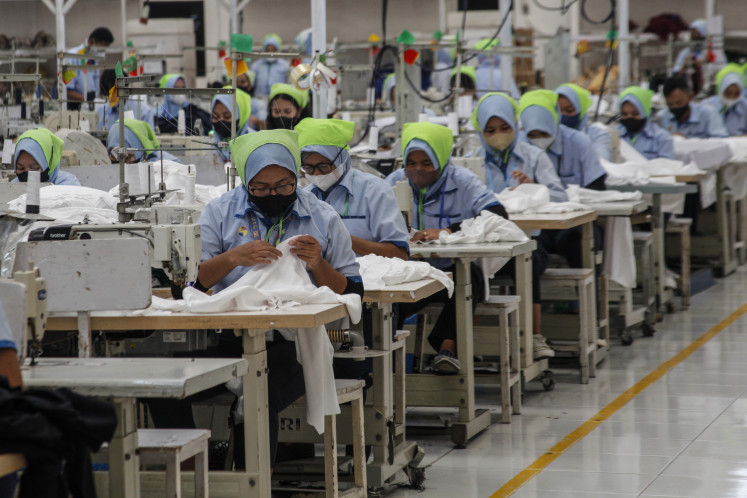Popular Reads
Top Results
Can't find what you're looking for?
View all search resultsPopular Reads
Top Results
Can't find what you're looking for?
View all search resultsCoral farming, turtle watching become tourist attractions
Transplanting coral reefs and watching endangered species of sea turtles and sea snails lay eggs, are two activities tourists visiting Pramuka island can partake in
Change text size
Gift Premium Articles
to Anyone
T
ransplanting coral reefs and watching endangered species of sea turtles and sea snails lay eggs, are two activities tourists visiting Pramuka island can partake in.
Currently, there are 10 hawksbill sea turtle hatcheries in the island, each usually containing between 120 and 200 eggs.
Head of the Thousand Islands National Marine Park, Joko Prihatno, said the hatcheries were set up in 1998 to protect the species.
"We aim to protect the eggs and baby turtles from predators. They are very vulnerable," he said.
Turtles hatched in the nesting grounds are released in the sea after six months or a year.
"Actually it's better to release the turtles soon after they are hatched, but we keep them here for months for educational and tourism purposes, and also to protect them from predators," Joko said.
In the hatchery, the turtles are placed in tubs. "These ones are three -month old," said Salim, an employee at the hatchery.
Only 60 percent of the hatched turtles are returned to their natural habitat, while 30 percent of them stay in the hatchery for tourism and educational purposes, and the remaining 10 percent are sent to the Sepa Island Resort located near Pramuka island.
Tourists interested in transplanting corals can spend an afternoon with fisherman Mahmudin, who transplants and collects corals for a living. Mahmudin and his fellow fisherman will provide the corals and transplanting equipment.
"First, we prepare a mixture of 10 portions of cement and 1 portion of salt, a fragment of dead coral and a living coral," said Mahmudin.
"Then, we cut a little piece of the living coral, and attach it to a dead coral with the cement mixture," he said.
Not far from the turtle hatchery, around 50 sea snails or abalones are bred, and then kept in several small aquariums.
"We set the water temperature in the aquarium three or four degrees higher than room temperature to create the ideal breeding conditions for abalones," said Elim, an employee at the sea snail breeding site.
"Usually we put one male abalone and three females *abalone* in one aquarium."
He said most of the abalone in the breeding site were between six months and two years old.
"We feed them red, green and brown algae."










